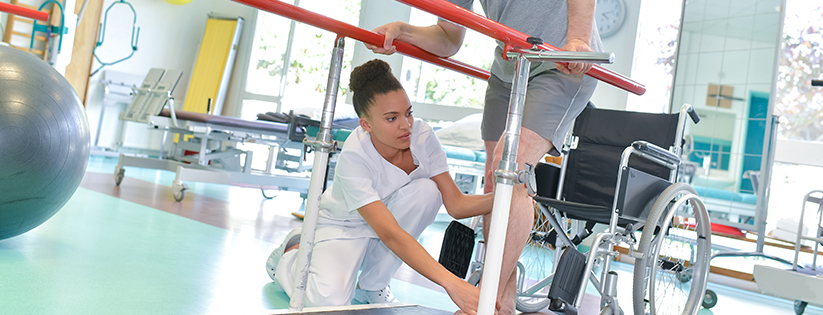You hear a lot about automation today—artificial intelligence (AI), machine learning capabilities, and predictive analysis. But how do you effectively initiate these game-changing technologies while enhancing your physical therapy or occupational therapy practice and effectively engage staff members as workflow and patient encounters evolve and change?
There is, no doubt, a delicate balance to successfully automating and upgrading the technology that will help your physical therapy and occupational therapy practice run more efficiently and cost-effectively. But imagine if you could improve the patient experience (not to mention your referring providers and staff) when processes such as prior authorizations and insurance verifications are seamless, streamlined, and obtained or approved in real-time—no more waiting on hold, faxing endless documents, or following-up repeatedly.
Improving the Patient Access Process through Automation
Not to overstate the obvious, but physical therapy and occupational therapy groups rely on both primary and specialty care providers to appreciate their work and refer patients to their door. Referring providers want to send their patients to a practice that they feel meets their patients’ needs. What better way to demonstrate competence to the layperson than by professional, streamlined, and efficient patient access procedures?
Prior Authorizations
As insurance companies continually increase or expand their prior authorization requirements, more procedures, tests, and modalities are under scrutiny. Managing the administrative burden can be overwhelming, especially when 88% of all practices still use some form of manual prior authorization processing.
Automating your prior authorization procedures ensures faster approvals through AI-driven technology where approvals, follow-up, and appeals are all handled electronically except for the few emergent or complicated outliers. Today’s unified workflow can be integrated through your EHR/EMR using bi-directional communications and your scheduling department is notified in real-time when patients can be contacted and visit initiated.
Insurance Verification and Benefits Eligibility
Fully automated insurance verification and benefits eligibility technology allow a physical therapy and occupational therapy department to vet each patient and determine their all-important reimbursement criteria thoroughly. Physical therapy and occupational therapy practices often perform expensive multi-visit therapies as a matter of due course, and initiating or scheduling a patient without verifying their third-party payer information creates a fiscally untenable situation for everyone.
Collecting accurate and current demographic and insurance information at this initial stage is crucial and will be used to onboard the patient into your practice’s billing system to ensure valid revenue cycle information is obtained regarding:
- Insurance eligibility dates
- Co-pays and co-insurance
- Deductibles
- Secondary insurance and coordination of benefits
- In-network vs. out-of-network coverage
- Referral requirements
- Prior authorization requirements
Patient Pay Estimation
Patients are assuming more and more of the financial responsibility for their care, and educating them on their portion due prior to initiating a visit, procedure, or surgery is more critical than it has been in the past. With automated patient pay estimate technology, your physical therapy and occupational therapy practice can provide responsible parties with highly accurate estimations and collect either in full or through a pre-established payment plan before care is delivered. Without a doubt, a knowledgeable patient is happier with their therapy provider and with their ongoing care.
Today’s technology supports physical and occupational therapy practices in reducing administrative time and expense so that those employees can be redeployed to higher-value activities, thereby improving the patient’s overall experience.
Contact us to schedule a demo and learn how automating your patient access will improve your practice’s financial results.
